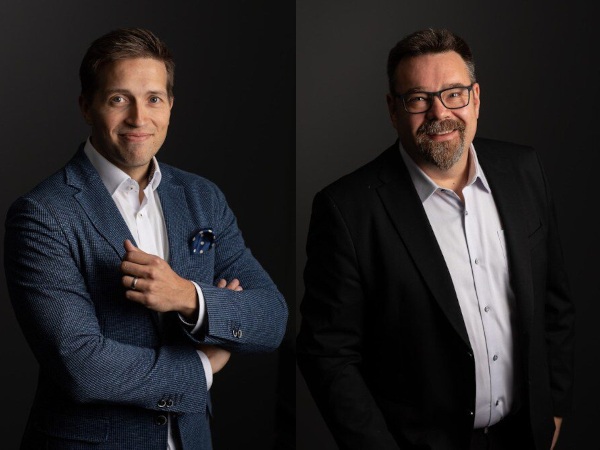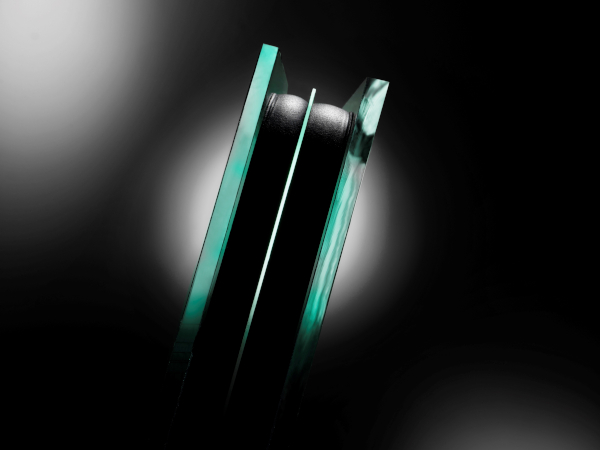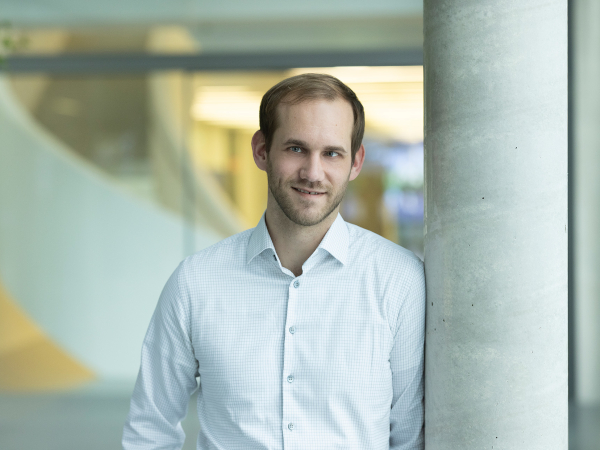Date: 23 October 2008
This product generation has since been launched on the market, further developed and upgraded, and now the next generation is being presented at “glasstec 2008” in Düsseldorf. It represents a genuine revolution in PVB development, since PVB’s properties, such as moisture absorption and hence electrical resistance, have been markedly enhanced. At the same time, very promising refinements have been achieved on these alternatives to siliconbased thin-film modules, resulting in a lasting improvement. This
successful research and development work within a narrow timescale
underlines Kuraray’s and TROSIFOL’s strong commitment to
photovoltaics.
The new product generation is currently in the test and qualification phase on the sites of selected partners and is due for market launch
at the end of 2008.
TROSIFOL SOLAR was designed specifically for the requirements of the solar module industry. The outstanding property of the entire product line is its applicational compatibility with both crystalline (glass/glass modules) and thin-film modules. The reason for this is the versatility of TROSIFOL films, as they can be either processed in vacuum laminator or laminated in the nip roll process familiar from the glass industry with subsequent autoclaving.
TROSIFOL is currently regularly and successfully supplying several companies in the thin-film industry with specially developed PVB films. The combined output of these companies amounts to capacity of 200 MW of installed power. At least seven more manufacturers of solar modules with thin-film technology, which are due to enter the fray with Oerlikon technology in 2009, will also be supplied by TROSIFOL.
In the BIPV sector (crystalline technology), longstanding business relations with ertex-Solar GmbH (Austria) and Vidursolar (Spain) have been expanded.
TÜV certification
Another milestone has been the certification of PV modules with TROSIFOL SOLAR films. In mid-July 2008, TÜV Rheinland awarded ersol Thin Film GmbH the TÜV certificate to IEC 61646 for its amorphous thin-film module “Nova®-T” – produced with TROSIFOL SOLAR and the only one of its kind with PVB films worldwide. This module passed the tests for protection class II last year.
Together with TROSIFOL, Kuraray is currently the world's only PVB film producer which supplies PVB film products for both lamination processes in the thin-film technology segment: for the vacuum lamination process (for modules with crystalline cells) and the roll lamination process , well known through laminated safety glass and its subsequent autoclaving. Along with the established architectural and automotive glazing product sectors, TROSIFOL aims to build on and expand the photovoltaic field as its third business mainstay. Thin-film technology and BIPV will occupy centre stage.
TROSIFOL SOLAR product line
Thin-film technology
- TROSIFOL SOLAR R40
- Colourless, 0.76
- Unrefrigerated with PE interleaf at no extra cost
- Specially developed for the nip roll/autoclaving and vacuum
lamination
Crystalline technology
- TROSIFOL SOLAR R100
- Colourless, 0.76 – 1.14 mm
- Unrefrigerated with PE interleaf at no extra cost
- Specially developed for vacuum lamination with subsequent
autoclaving
Efficiency and thin-film technology
Rising rates of efficiency
It is not only the sizes that are increasing, but also the rates of efficiency. In September 2008, researchers at the Fraunhofer Institute for Solar Energy Systems (ISE) in Freiburg converted sunlight into electricity with an efficiency of 39.7 per cent, breaking its own European record of 37.6 per cent set in July. This result was achieved with the aid of so-called “concentrator solar cells” made of III-V semiconductors – solar cells that so far have been mainly used
in space. Ongoing development work by the Fraunhofer researchers will now also permit the cost-effective utilization of such solar cells on earth.
And development work continues. In mid-August, scientists of the U.S. Department of Energy’s National Renewable Energy Laboratory (NREL) announced a new world record – an efficiency of 40.8 per cent (www.nrel.gov).
Thin-film technology
Photovoltaic technology integrated in building façades, roofs and solar power plants will play an increasingly important role in power generation, and not only in Germany. It will be interesting to note the impact of the latest technological breakthrough – that of the development and commercial-scale introduction of thin-film technology. By definition, thin films of materials (roughly 2-3 micrometres) are applied with a variety of methods to a substrate and subsequently processed. These films on glass or metal act form solar cells as an alternative to cells made of amorphous or crystalline silicon. Amorphous silicon, which achieves an efficiency of 6 to 8 per cent, currently claims the biggest slice of the market. Crystalline silicon, such as microcrystalline silicon, combined with amorphous silicon achieves a higher efficiency of up to 14 per cent. Thin-film PV modules are still less efficient than mono- and polycrystalline modules (between 12 and 16 per cent). However, as a result of their low purchase price and hence the much lower cost of the overall module, their widespread use – in the private sector as well – is expected in the coming decade. For architects this opens up entirely new applications with previously undreamt-of scope for the design of façades and of glazed surfaces in general.
We look forward to seeing you at “glasstec 2008” in Düsseldorf: Hall 10, Stand D40.
Please also pay a visit to TROSIFOL in the “glass technology live” show in Hall 1, Stand B26.
This text comprises 5,737 characters in 137 lines. You will find the text on the CD enclosed and you can also download it from the Internet at:
http://www.trosifol.com
Press contact: Jörg Theesfeld, Head of Business Development & Marketing
Kuraray Europe GmbH, Division TROSIFOL,
Mülheimer Strasse 26, 53840 Troisdorf, Germany
Phone +49 (0) 22 41 / 2555 202
Fax +49 (0) 22 41 / 2555 299
E-Mail: trosifol@kuraray.eu







Add new comment